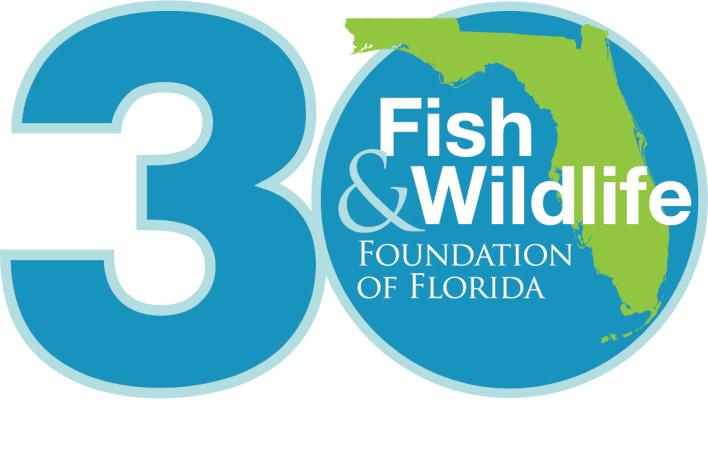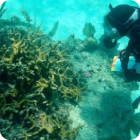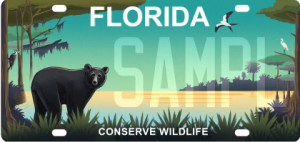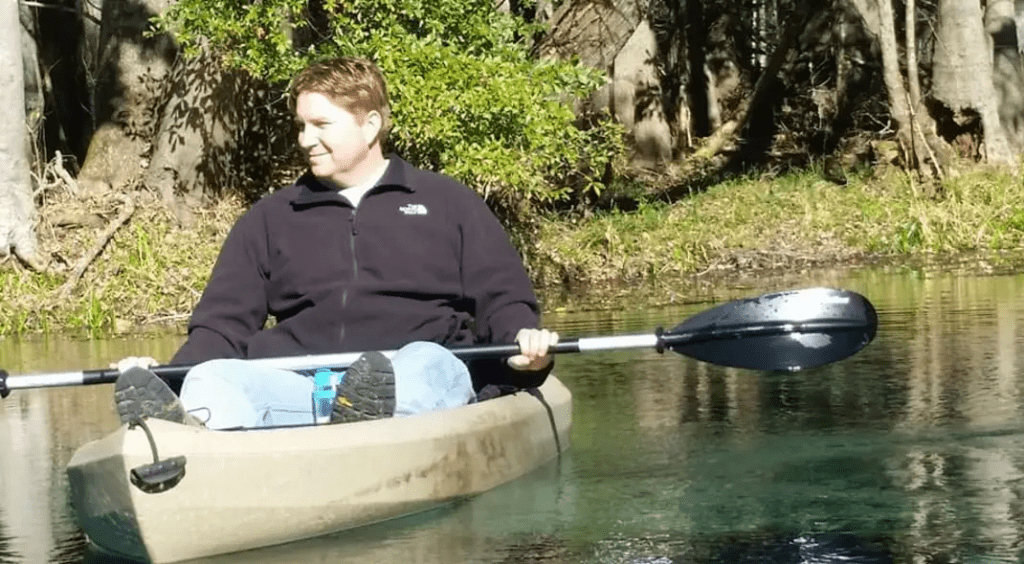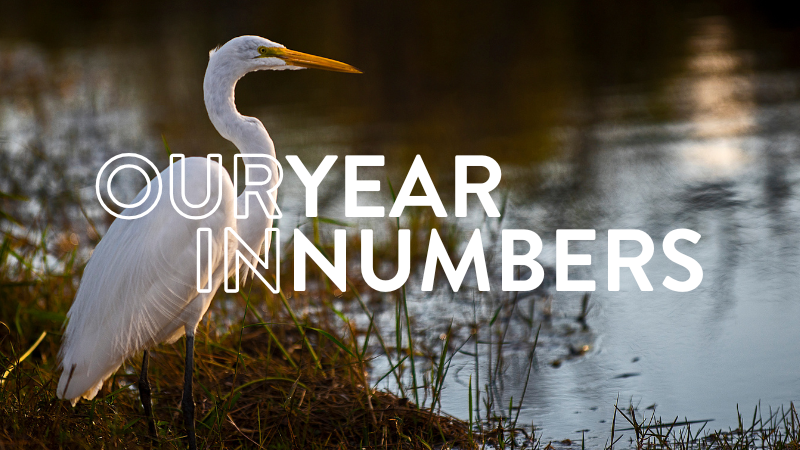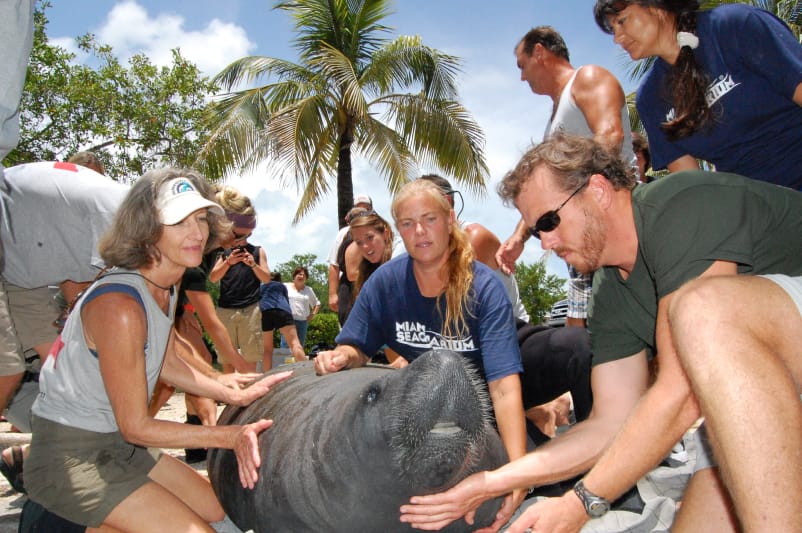
By: Kyle Grammatica
The Florida panther, our state animal, is dear to our hearts. Its striking appearance wows those fortunate enough to spot one, and its fight to avoid extinction shows the powerful impact conservation work has. Read on to learn more about the Florida panther’s astounding story and the recent work being done to protect the species.
In the mid 1990’s the Florida panther was on the verge of extinction. At the time, there were an estimated 30 panthers remaining in the wild. The low population led to inbreeding among the few panthers left, leading to genetic defects. The panthers had crooked tails, holes in their hearts, and reproductive issues. Early captive breeding programs failed because of these defects. To save the species, wildlife officials had to try a new tactic. It was decided that the Florida panther’s cousin, the Texas puma, would be brought in to the state. Wildlife researchers hoped to encourage interbreeding between the species, which would boost panther numbers and solve their genetic problems. Luckily, this strategy worked. Of the eight Texas pumas introduced to Florida, five successfully bred with Florida panthers. This was enough to save the species from likely extinction and cured the Florida panther of its genetic defects, making the panthers less susceptible to disease.
Long Term Effects of Interbreeding
Scientists recently mapped the genome of the Florida panther using DNA samples collected in the 1980’s and found evidence of increased genetic variation. For instance, while Florida panthers have increased their reproductive fitness and lifespan, there has been a reduction in the number of genes associated with panthers’ sense of smell due to the interbreeding with pumas, said Melanie Culver, an assistant professor in the University of Arizona’s School of Natural Resources and Environment and study co-author. Culver said the results lay the groundwork to analyze the role that Florida and Texas genetic traits will play in the future of the Florida panther population.
Study co-authors include David P. Onorato with the Florida Fish and Wildlife Conservation Commission, Bob Fitak, an assistant professor in UCF’s Department of Biology, and Melody E. Roelke-Parker with Leidos Biomedical Research Inc. You can read the study here.
Florida Panther Conservation Today
The Fish and Wildlife Conservation Commission (FWC) continues to monitor the 120-230 Florida panthers in the state. Each year a representative sample of the panther population is evaluated to monitor the species health and administer medication. Orphaned and injured panthers are also taken in, cared for, and released when they are able to survive in the wild. FWC is also working to address an unknown disorder that has recently been affecting Florida panthers and bobcats. The affected animals show weakness in their rear legs, which causes difficulty walking. So far, FWC has confirmed neurological damage in one panther and one bobcat through necropsies. They have increased monitoring to locate affected animals and installed new cameras to capture more footage of the animals. To help protect Florida panthers please donate to our Florida Panther Fund. Together we can ensure that this amazing animal is able to thrive.
